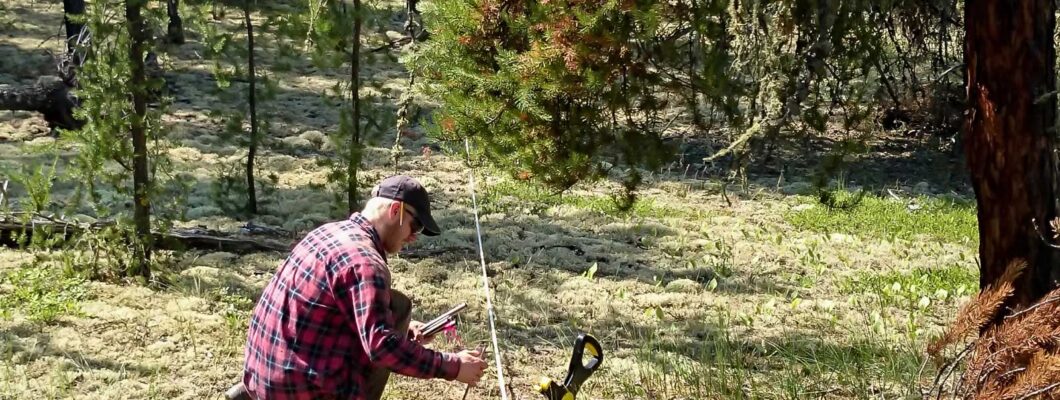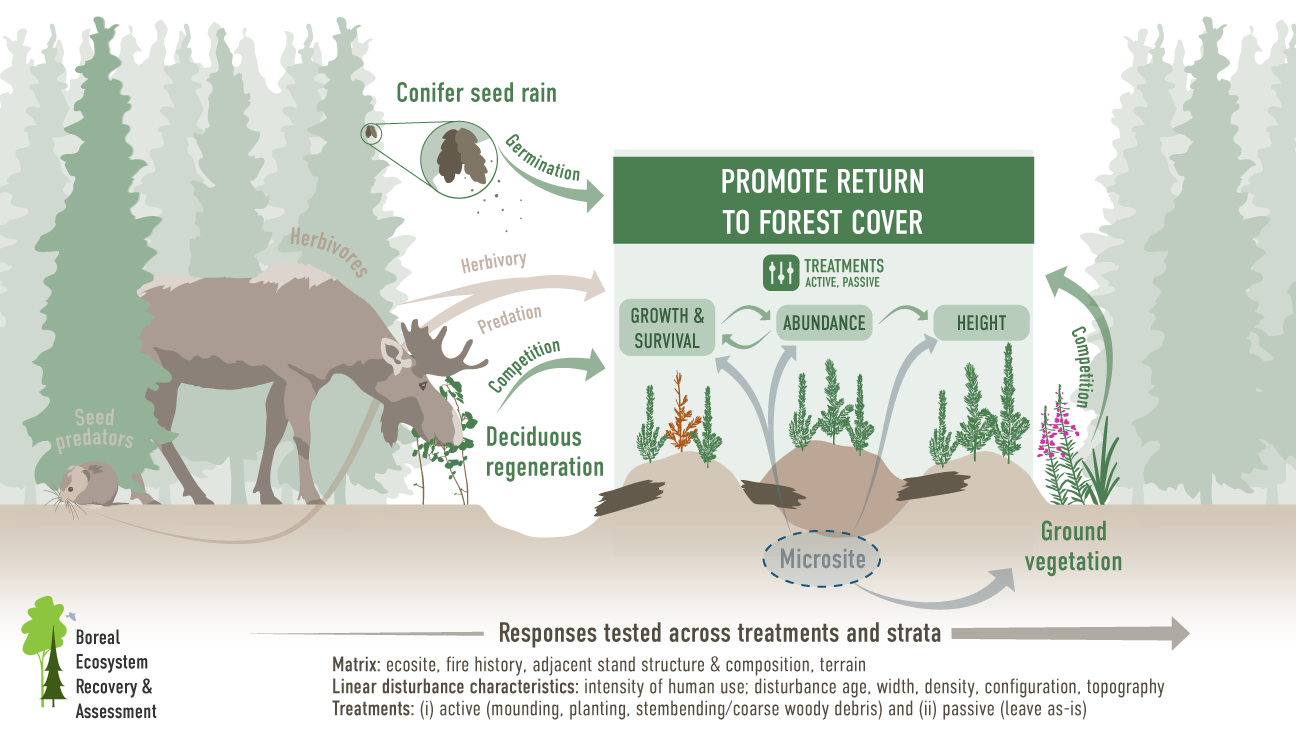The vegetation team’s strategic priority is promoting a return to forest cover.
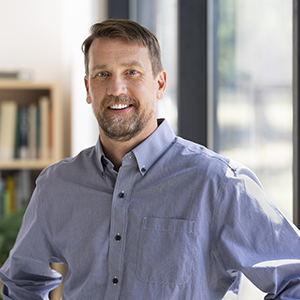
Scott Nielsen, Vegetation Team Lead
Scott Nielsen is a Professor of Conservation Biology in the Department of Renewable Resources at the University of Alberta. In 2008 he founded the Applied Conservation Ecology Lab leading a research team that examines the responses of biodiversity to forestry and energy development and the effectiveness of mitigation/restoration actions. His interests are in terrestrial ecology (plant & animal) and its applications to the field of conservation biogeography that blends field studies of species with remote sensing, GIS, and statistical modeling/forecasting. The geographic focus of his work is the boreal and hemi-boreal forests of western and central Canada and the Canadian Rocky Mountain montane forests.

Colleen Sutheimer, PhD Student
Colleen is a PhD student under the supervision of Dr. Scott Nielsen in the Department of Renewable Resources at the University of Alberta. Her broad research interests are in disturbance and restoration ecology and their implications for ecosystem management. Her current research focuses on passive and active recovery of forest vegetation on seismic lines throughout the oil sands of northeastern Alberta. Specific questions she is investigating relate to spatial-temporal patterns of recovery trajectories on seismic lines and relative effectiveness of restoration strategies. Outside of her research, Colleen enjoys hiking, birding, fishing, searching for fire-scarred trees, and listening to live music.

Leonardo Viliani, PhD Student
Leonardo is a PhD student in the Department of Renewable Resources at the University of Alberta under the supervision of Dr. Scott Nielsen. His academic interests are in Landscape Ecology and Biodiversity. The aim of his research is to investigate how climate change may affect boreal forest regeneration within a highly fragmented landscape. Within the BERA project, his research will focus on modelling trajectories of tree recovery on seismic lines, as it relates to altered wildfire regimes.
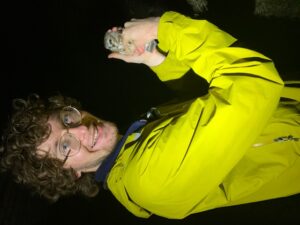
Spencer Quayle, MSc Student
Spencer is a master’s student working on the interaction between seismic line regeneration and hungry ungulate populations in the Lower Athabasca regions. In the summer he migrates to northeast Alberta to measure and stare closely at thousands of saplings and shrubs. Luckily he likes saplings and shrubs. In the winter, the plan is to keep tabs on the ungulates through an array of wildlife cameras.
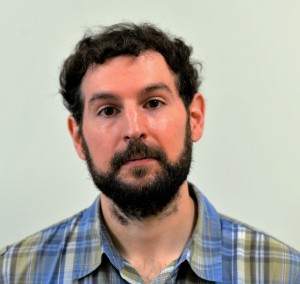
Angelo Filicetti, Research Associate
Angelo is studying the recovery/regeneration of seismic lines created by oil sands exploration and extraction, the largest contributor of forest fragmentation in northeastern Alberta. Seismic lines contribute to changes in biodiversity and in particular, to declines in woodland caribou. However, natural rates of recovery on seismic lines are largely unknown. Understanding where natural recovery is occurring or is arrested, as well as how fire affects these processes, is therefore a priority. Lastly, Angelo is examining the effectiveness of active restoration treatments and where they will be most beneficial.
